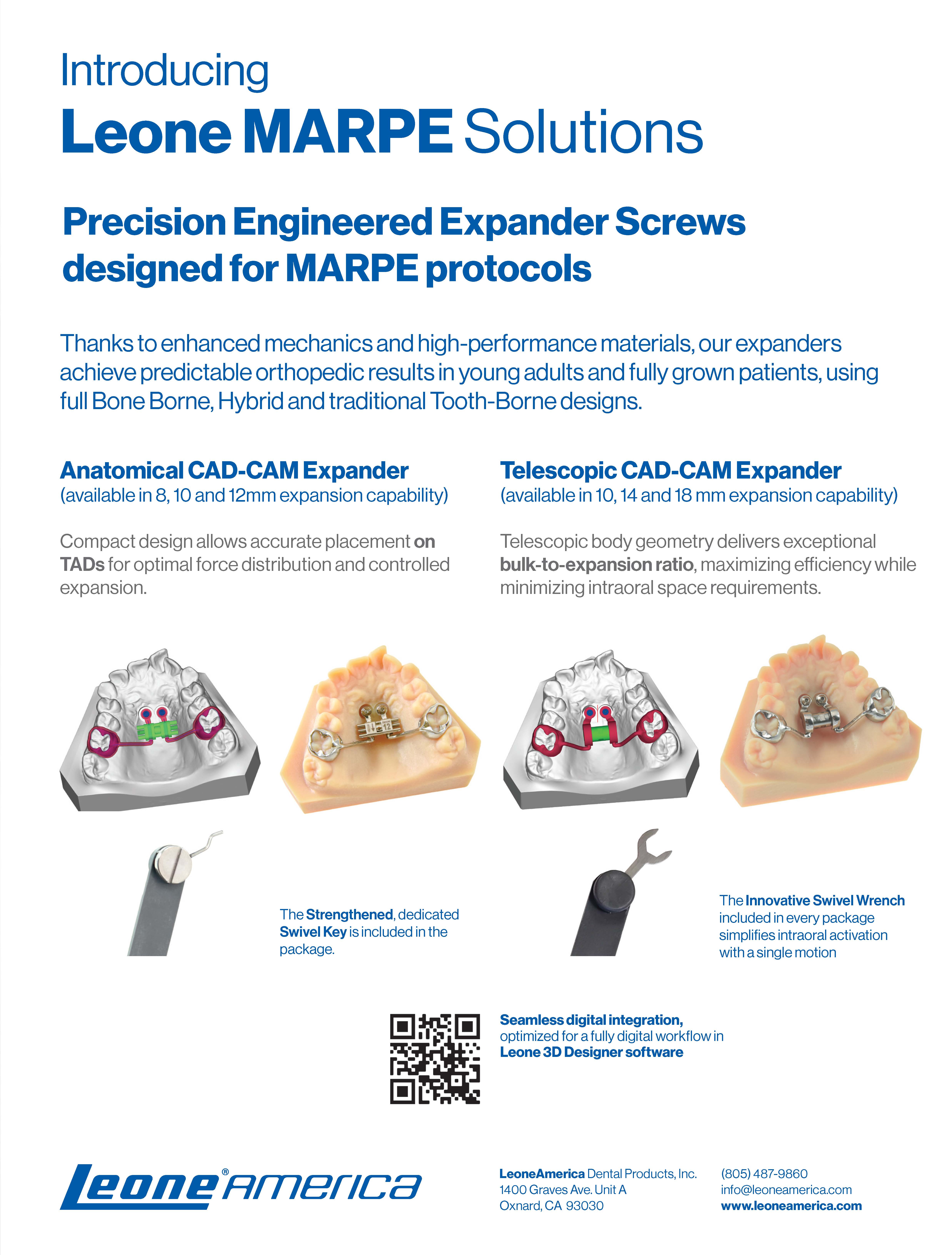THE EDITOR'S CORNER
No Rubber Stamps Here
For over 50 years, JCO has been the most widely recognized refereed clinical journal in our specialty. Yet for many readers, the process by which manuscripts are selected and prepared for publication remains largely invisible. This editorial pulls back the curtain to show how every article, regardless of the author’s name or the product being discussed, is subjected to peer review, editorial scrutiny, and careful deliberation. There are no shortcuts, and there are certainly no automatic approvals.
Between April 2024 and March 2025, JCO received 257 manuscript submissions from around the world, not including internally generated content such as editorials, interviews, and technique spotlights. Over the same period, 58 manuscripts were accepted for publication after review by members of our large panel of independent experts. In total, we published 84 articles over that time period, including both submitted and editorially commissioned content.
What does the review process look like? Once a manuscript is received through our submission portal, I begin with an initial triage, looking for clinical relevance, sound mechanics, and beautiful case documentation. Our Editorial Assistant also screens each submission for plagiarism and inappropriate use of AI-generated content. About 60% of entries are declined at this stage. Promising papers are forwarded to our staff and, typically, two expert reviewers—often members of our editorial board or Clinical Advisory Council, though we invite outside specialists to review submissions when appropriate. Once the reviews are received, the manuscripts are accepted, rejected, or sent back to the authors for a round of major revisions, after which they are reviewed again.
Similar articles from the archive:
- THE EDITOR'S CORNER When Farewell Is Not Goodbye August 2024
- THE EDITOR'S CORNER The JCO Clinical Advisory Council December 2023
- THE EDITOR'S CORNER Welcome to the Team June 2022
We accept or reject articles without bias or privilege. Many members of our editorial board—including me—have had manuscripts rejected, as have longtime subscribers. We regularly reject articles that we know current or potential advertisers want us to publish. Overall, only 19% of submissions make it through the review process, an acceptance rate well below the national average for peer-reviewed scientific journals.
Once a paper is accepted, I undertake a second round of review during which I formulate my “Kravitz Keys,” a set of takeaway points designed to help readers translate the content into practice. I also carefully review the manuscript for clarity, accuracy, and presentation. After the article is refined by our in-house editors and laid out by our designer, I conduct a final review with the authors to ensure all details are correct. For an in-depth view of our entire publishing process, see “From Manuscript to Article: How JCO Gets Made,” available on our YouTube page (https://tinyurl.com/ms932sh9).
The editorial process is not perfect, of course. I fully acknowledge I have accepted some manuscripts that, in hindsight, may have fallen short. I welcome reader feedback to help us improve our processes, learn from our missteps, and hold each submission to the highest possible standard. Our goal is not just to publish more articles, but to publish better ones, ensuring that JCO remains orthodontics’ premier clinical journal.
Between several reviews, revisions, and red pens, an article’s road to publication can be long—but following the process is the only way to earn our stamp of approval. Each published manuscript represents a collective effort among authors who revise with care, reviewers who scrutinize with precision, and editors who shape each piece to ensure clarity and clinical value. You have my word that JCO will never settle for good enough. Here, manuscripts don’t get waved through; they get worked over.
NDK



COMMENTS
.